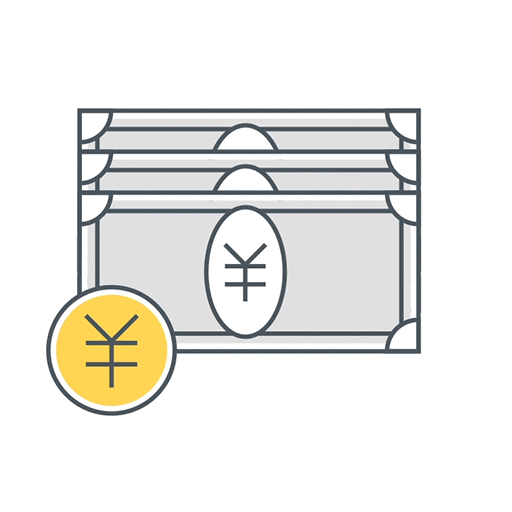- Pow Rocket Press
- Posts
- How the Pula currency came to being
How the Pula currency came to being
How Botswana came up with the Pula

If you’re curious about our national currency, how it came about, here’s how;
1. Independence and the Rand Monetary Area (RMA)
- In 1966, Botswana was part of the RMA, using the South African rand.
- The rand was pegged to the US dollar, and South Africa had control over the exchange rate.
- As Botswana’s economy and political landscape evolved, it sought more control over its economic policies.
2. Introduction of the Pula (1976)
- Botswana left the RMA in August 1976 and introduced its own currency, the Pula, pegged to the US dollar.
- In 1977, the Pula was revalued to strengthen against the rand and reduce inflation from imported goods.
3. Pegging to a Currency Basket (1980)
- By 1980, Botswana shifted to pegging the Pula to a basket of currencies (the rand and the Special Drawing Rights or SDR), to stabilize inflation and manage the influence of South Africa’s economy.
- This helped prevent "Dutch Disease," where large mineral earnings could make the currency too strong, hurting other industries.
4. Adjustments and Devaluations
- The Pula was devalued several times (1982, 1984, 1985) to maintain competitiveness, especially when facing global recessions and reduced diamond sales.
- The goal was to balance inflation control with supporting Botswana’s domestic industry.
5. Modern Exchange Rate Framework (2005)
- In 2005, Botswana adopted a "crawling band" system, allowing for gradual adjustments in the Pula's value based on inflation differences between Botswana and its trading partners.
- This flexible system helps maintain stability in Botswana’s economy while adjusting to global economic changes.
These steps allowed Botswana to maintain stability, support growth, and manage inflation through careful currency adjustments.
source: (Bank of Botswana)